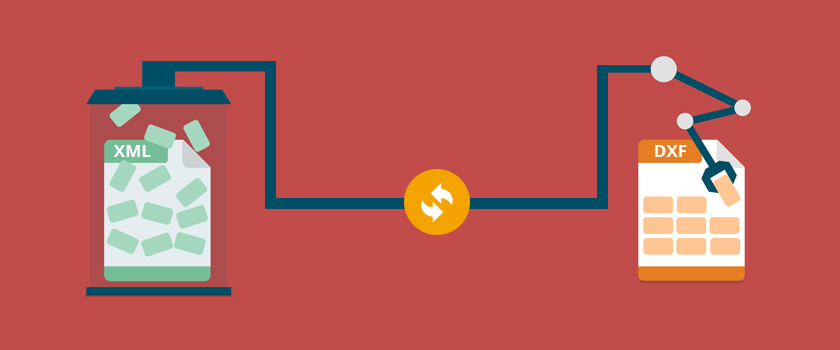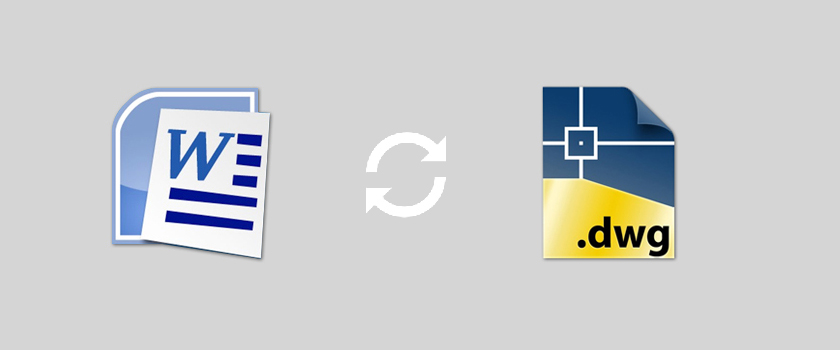9 Interesting Facts About the Slovenian Language
By: Eric Nelson Posted on Fri, 08-05-2020

The Slovenian language is one of the ancient languages of Europe and is written in the Slavic language. It is native to over two million people and most amazingly it has fifty dialects. The distance of so many dialects make the translation into Slovenian language quite challenging. If you need to get anything translated into your desired version of the Slovenian language, it’s better to take professional Slovenian translation services, and that is what we are here for!
Let's discover more about this amazing language.
Slovenian Speakers
Slovenia is known as a secret language because it is native to only 2.1 million people in the world. The minority of the people who spoke Slovenia language are inhabitants of bordering countries of Austria, Hungary, Croatia, and Italy. At the beginning of the twentieth century, many Slovenian migrated to the USA and Ohio so Slovenian is also spoken in the USA and Ohio. Moreover after world war 2 many Slovenian left their country and went to Argentina so Slovenia language is also spoken in South America. Being the archaic language of Europe, a minority of Slovenian speakers resides in Australia, South Africa, Canada, and Serbia.
Ancient Written Slavic Language
The oldest given Slovenian documents are The Freising Manuscripts. The exact date of these documents cannot be estimated but it is expected that they were written in the 9th century. It is the oldest document in Slavic languages. These oldest manuscripts are kept in Bavarian State Library in Munich. The manuscripts are there since 1803. They were exhibited in Slovenia only for one time in 2004.
Dual Language
Slovene is also known as a dual language which means it uses a grammatical number with singular and plural. It is one of the rare languages of the European Union that is dual. Dual is used to identify concepts, objects and two persons by the pronoun and noun.
Wide Range Of Dialects
It is very surprising to know that despite only 2.3 million native speakers, Slovene still has around 50 dialects which show it is a very diversified language. Slovene dialects are divided into seven groups according to seven regions that are Pannonian, Styrian, Rovte, Littoral, Lower Carniolan, Carinthian and lower Carniolan. These dialects are different from each other and it makes it very difficult for people from different parts of Slovene to understand it. The wide range of the Slovenian language is well depicted by the saying Vsaka vas ima svoj glas which means Every village has its voice.
Unity Of The Nation
Slovenia was previously occupied by many nations and kingdoms and got independence in 1991. To have a separate independent state was the dream of Slovenia. Many countries and kingdoms tried to destroy the Slovenian nation and language but the Slovenian language kept the whole nation united. With the help of Slovenian language, people raised their voice of freedom and finally became an independent state.
Bible Translation
Slovene is the 12th language in the world in which the Bible is translated. The first sentence of the Bible is written in Freising manuscripts and the Bible was translated by Lutheran minister Jurij Dalmatian in Slovenian language. It took a long time in the translation of the Bible. It was completed in 1578 and was published late in 1583. Bible translation in Slovenian language has great linguistic importance and it has become a piece of inspiration for the Slovenian language for generations to come.
Use Of The Letter C, S, Z
The modern Slovene alphabet consists of the Czech alphabet and contains 25 letters. This alphabet uses the Latin form of the alphabet which includes C, S, Z. They don't use the alphabet X and Y.
No Curse Words Are Used
Interestingly, no humiliating and curse words are used in the Slovenian language. When Slovenian people want to curse anyone, they borrow cursing words from former Yugoslavian countries.
Damage to Slovenian Heritage
At the time of World War 2, Slovenia was occupied by Croatians, Hungarians, Italian, and Germans. Because of this occupation, Slovenia language was not allowed to be taught in schools. Besides school, it was also forbidden in several public places. If they found someone speaking Slovenian language, they used to beat them with logs and punish them to kneel on a pile of corn. During this time many Slovenian books were ruined leading to damage to Slovenian Culture and heritage.
Bottom Line
Slovenian is a worth-learning ancient language. There are many different ways through which you can learn to speak it. If you are aspiring to visit Slovenia for personal or business reasons, Mars Translation can help.

Finland is a beautiful country in Northern Europe. It is famous for its woodlands that make it the most densely
Read more
If you are an avid internet user (which you most probably are, you must be aware of the popular myth
Read more
To get success in every aspect of life, communication is very important. Do you want to impress people with your
Read more
Africa is the second largest and second most populous continent. As recent statistics suggest, 1,486,275,887 is the current population of
Read more
dxf: DXF is a CAD data file format developed by Autodesk for CAD data exchange between AutoCAD and other software. docx:
Read more
Mars Translation can help you extract the texts in a DXF file and convert them into a XML file so
Read more
Mars Translation can help you extract the texts in a DWG file and convert them into a Word file so
Read more
No state on the western side of the globe can compare the strategic geographic location, diverse multilingual workforce, and attention
Read more
San Diego is California's second-largest city, and it has a population of 1.3 million from which three million residents are
Read more